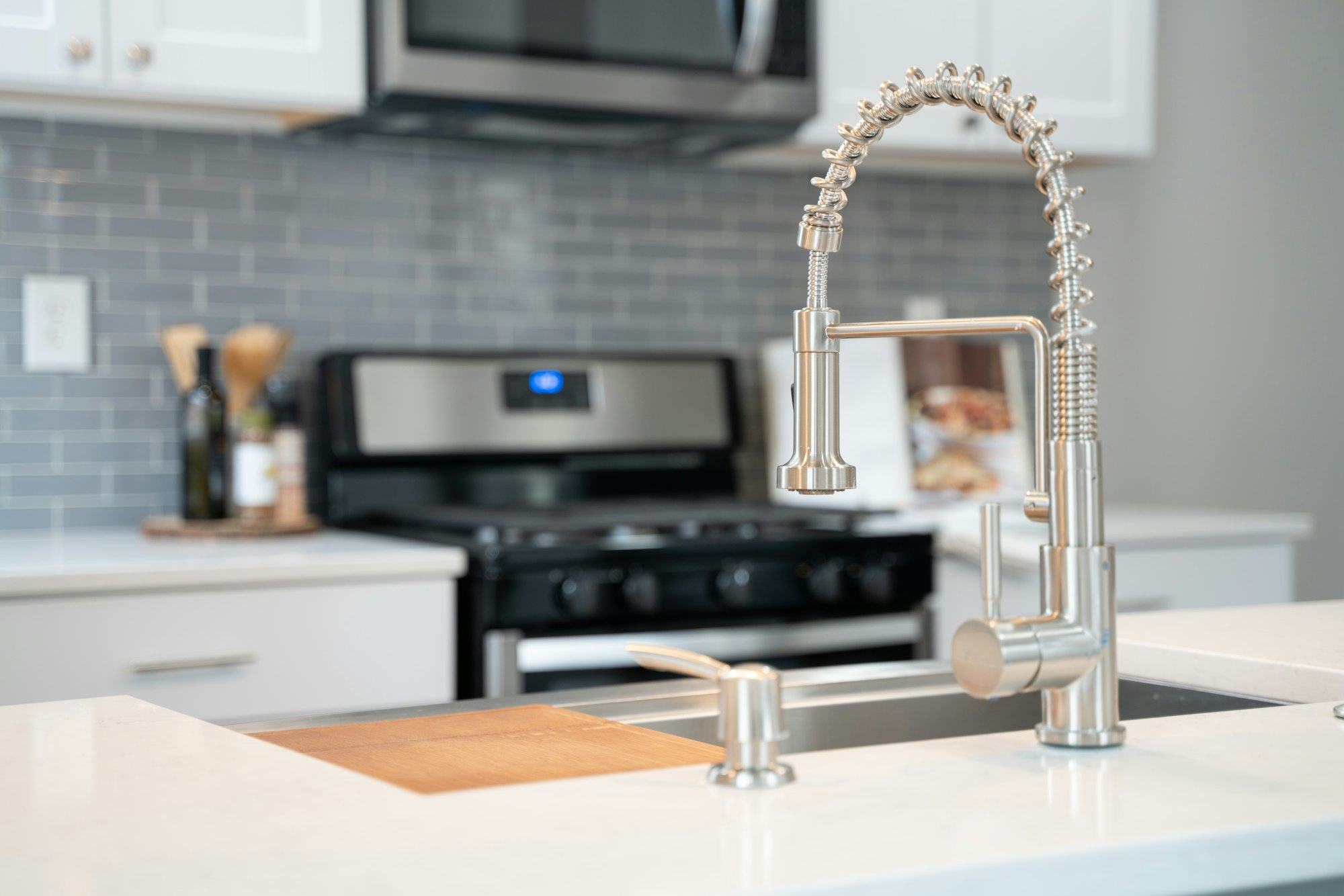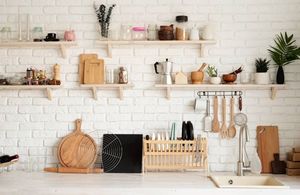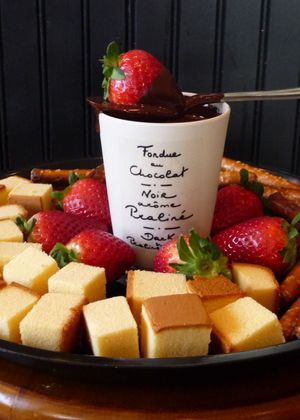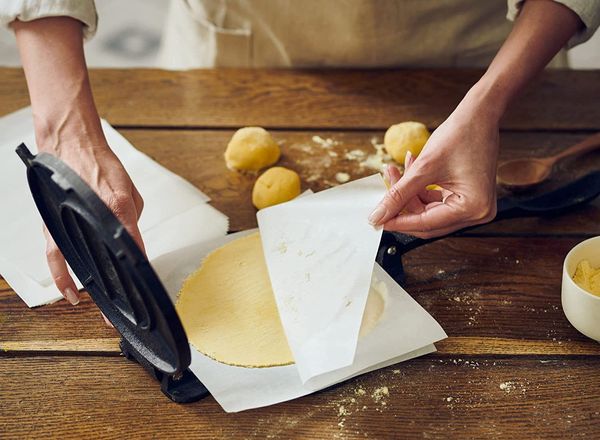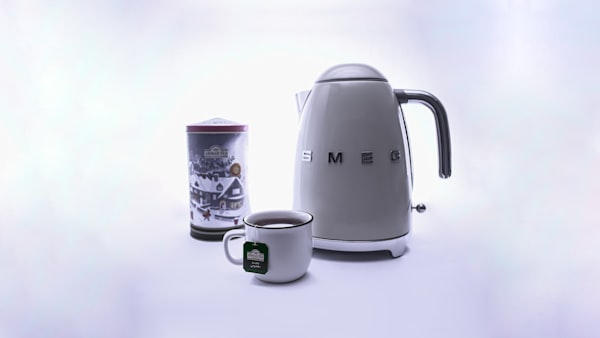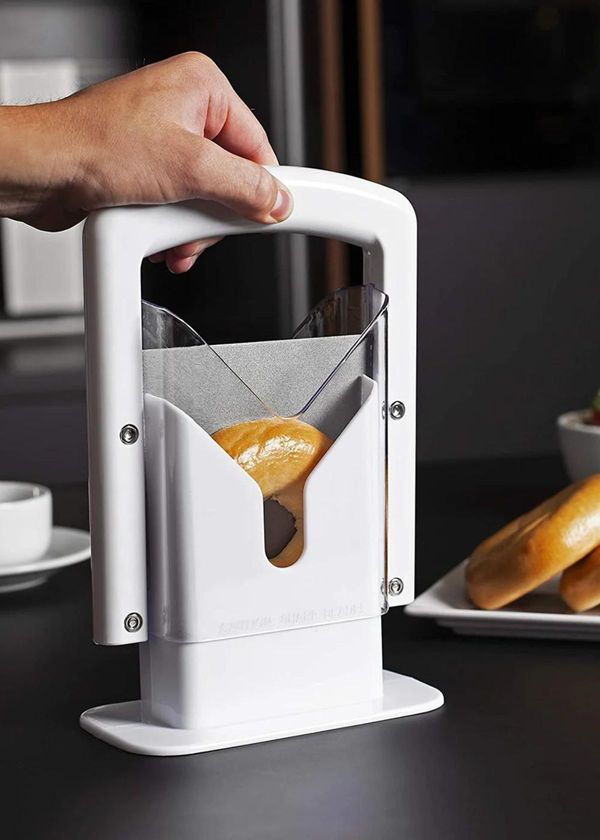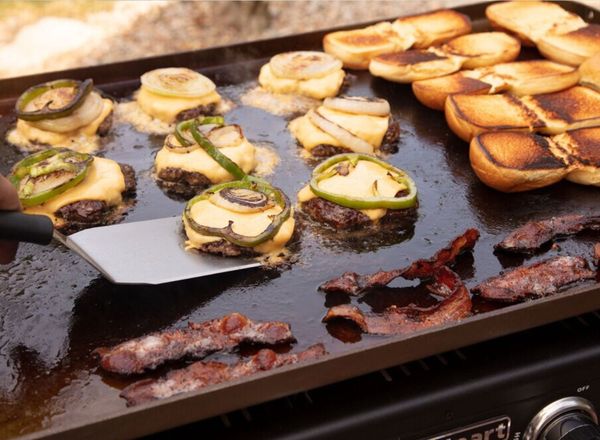When it’s time to update your kitchen faucet, the options may seem overwhelming. Faucets come in all shapes, colors and sizes. And then you have to decide on the finish! It can be tough to narrow down your choices and make a decision. But never fear, we’re here to help. Here are some tips on how to choose a kitchen faucet that will meet your needs and complement your décor.
What to look for when choosing a kitchen faucet
Functionality
The first thing you need to consider when choosing a kitchen faucet is how you will use it. Do you have a lot of pots and pans that need filling? Then you might want to opt for a high arching faucet that will give you plenty of clearance. Are you looking for a faucet with an integrated sprayer? Then make sure to choose one that has the sprayer located in the head of the faucet, rather than on the side, so that it doesn’t get in the way when you’re not using it. If you’re not sure what type of faucet will work best for your needs, ask a sales associate at your local home improvement store for help. They should be able to point you in the right direction.
Style
Once you’ve determined what type of functionality you need, it’s time to start thinking about style. What type of overall look are you going for in your kitchen? Traditional? Contemporary? Rustic? Your kitchen faucet should complement the style of your cabinetry and countertops. For example, if you have stainless steel appliances, then a stainless steel faucet would be a good choice. If you have granite countertops, then a oil-rubbed bronze finish would be nice compliment. And if your cabinets are white, then just about any color would work well. It really just depends on what look you’re going for. Feel free to experiment until you find something that you love!
Single handle or two?
You’ll need to make when choosing a kitchen faucet is whether you want a single handle or a two-handle model. There are pros and cons to both types. Single handle models are more convenient because you can operate them with one hand. This can be helpful if you have your hands full or if you have arthritis or other hand issues.
However, single handle models can be more difficult to adjust the temperature with. You might find yourself accidentally turning the water on too hot or too cold if you’re not careful. Two-handle models give you more control over the temperature of the water, but they can be a bit more inconvenient to use.
Budget
Of course, one important consideration when choosing anything for your home is budget. Faucets can range in price from around $50 all the way up into the hundreds (and even thousands) of dollars. It’s important to figure out how much money you’re willing to spend on a new faucet before starting your search. This will help narrow down your choices and make the decision-making process easier. Once you know how much money you have to work with, then you can start looking at different models within your price range and compare their features side by side.
Durability
Another important factor to consider when choosing a kitchen faucet is durability. You want to make sure that you choose a model that is built to last. Look for faucets that are made from solid brass or stainless steel. Avoid plastic models if possible. These are more likely to break or crack over time. Also, make sure to choose a model that comes with a warranty from the manufacturer. This will give you some peace of mind in knowing that if anything does go wrong, you’ll be covered.
Ease of Use
Another thing to keep in mind when choosing a kitchen faucet is ease of use. You want to make sure that the model you choose is easy to operate. If you have young children in the house, then you might want to opt for a single-handle model that they can easily turn on and off. Or if you have arthritis or other hand issues, then you might want to look for a faucet that comes with an easy-to-grip handle.
Faucet finishes: chrome, brushed nickel, oil rubbed bronze
When it comes to choosing a finish for your kitchen or bathroom faucet, there are three primary options: chrome, brushed nickel, and oil rubbed bronze. All three finishes have their own unique benefits and drawbacks that need to be considered before making a decision. Keep reading to learn more about each of these popular faucet finishes!
Chrome Finish
Chrome is by far the most popular finish for kitchen and bathroom faucets. There are several reasons for this; first and foremost, chrome is an extremely durable finish that is resistant to both corrosion and tarnishing. Chrome is also very easy to clean; a simple wipe down with a damp cloth is usually all it takes to remove any build-up of soap scum or water spots. However, one downside of chrome is that it can show fingerprints and smudges more easily than other finishes.
Brushed Nickel Finish
Brushed nickel is another popular option for kitchen and bathroom faucets. Like chrome, brushed nickel is very durable and resistant to both corrosion and tarnishing. It's also easy to keep clean; however, because of its darker color, brushed nickel may require a bit more elbow grease to remove tough spots or build-up. One potential drawback of brushed nickel is that it can sometimes look too "matchy-matchy" if used in conjunction with other elements in the room that feature a similar finish e.g., cabinet hardware, light fixtures, etc.
Oil Rubbed Bronze Finish
Oil rubbed bronze is the third most popular finish for kitchen and bathroom faucets. This finish has become increasingly popular in recent years due to its rich color and antique-inspired appeal. Because oil rubbed bronze is a darker finish, it does require a bit more upkeep than either chrome or brushed nickel in order to avoid water spots and build-up; however, many people feel that the extra effort is well worth it given the beauty of this finish.
What is the difference between a 3 hole and 4 hole kitchen faucet?
When it comes to kitchen faucets, there are two main types to choose from: 3 hole kitchen faucets and 4 hole kitchen faucets. Both have their own unique benefits and drawbacks, so it's important to choose the one that's right for your needs. Here's a quick overview of the main differences between 3 hole and 4 hole kitchen faucets:
3 Hole Kitchen Faucets
3 hole kitchen faucets are the more traditional option. They're designed for use with a sink that has three separate holes drilled into it—one for the hot water, one for the cold water, and one for the sprayer nozzle. If you're looking for a classic look and don't need a built-in soap dispenser, then a 3 hole kitchen faucet is probably the right choice for you.
4 Hole Kitchen Faucets
4 hole kitchen faucets are the newer style of kitchen faucet. In addition to the three holes required for hot/cold water and the sprayer nozzle, they also have an additional hole drilled into the sink which is used for a soap dispenser. This can be handy if you want to avoid having to drill an extra hole in your sink, but it's not essential. Some 4 hole kitchen faucets even come with a built-in cutting board!
Is it easy to install a new kitchen faucet?
When it's time to replace your kitchen faucet, you may be wondering if you can do it yourself or if you need to call a professional. The good news is that installing a new kitchen faucet is relatively easy, even for someone with little to no plumbing experience. In this blog post, we'll walk you through the process step-by-step so you can get your new faucet up and running in no time.
Turn off the water supply
Before you start anything, it's important to make sure the water supply to your sink is turned off. Locate the valves under your sink and turn them clockwise to shut off the water. If you can't find the valves or they're not working properly, you may need to turn off the main water supply to your home.
Remove the old faucet
Once the water is turned off, you can remove the old faucet by unscrewing it from the sink. If there are any stubborn areas, you can use a wrench or pliers to loosen them up. Be careful not to damage the sink as you remove the old faucet.
Install the new faucet
Now it's time to install the new faucet. Start by attaching the baseplate (if applicable) to the bottom of the sink using screws or bolts. Then, fit the new faucet into place and thread on the mounting nuts by hand before tightening them with a wrench. Make sure not to overtighten them or you could damage the sink or faucet.
Hook up the water lines
The last step is to hook up the hot and cold water lines to your new faucet using flexible hoses or copper tubing (depending on what type of lines your home has). Once everything is connected, turn on the valves slowly and check for leaks before turning on the water all the way.
Test your new faucet
Now it's time to test out your new kitchen faucet and make sure everything is working properly. Turn on the water and let it run for a minute or two to check for any leaks. Then, turn on the sprayer nozzle and check the pressure and spray pattern. If everything looks good, you're all set!
Conclusion
Choosing a new kitchen faucet doesn’t have to be difficult—just think about functionality, style and budget. With these tips in mind, you should be able to find a kitchen faucet that checks all of the boxes and looks great in your space. Happy shopping!
Please jump over to our Home Page for more helpful Articles.
